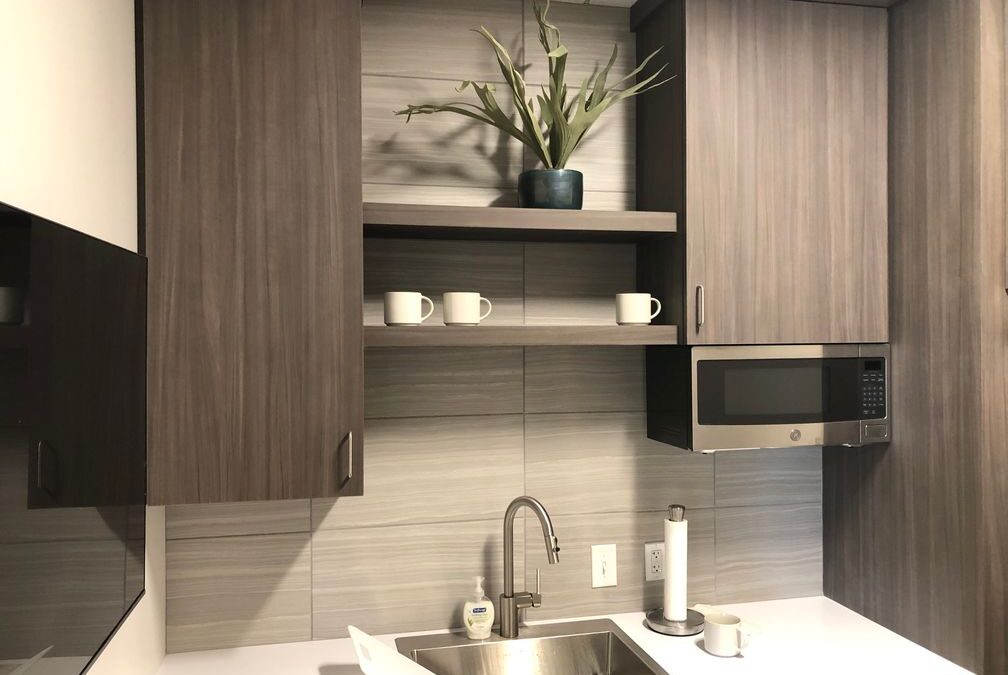Fall maintenance for commercial buildings is essential to prepare your property for the upcoming winter months and ensure it remains safe and functional for occupants and visitors. Here’s a comprehensive checklist to help you plan and execute fall maintenance for your commercial building:
- Inspect the Roof:
- Check for damaged or missing shingles, flashing, or membranes.
- Clear debris, leaves, and dirt from gutters and downspouts.
- Ensure all roof penetrations (vents, chimneys, etc.) are properly sealed.
- Clean and Inspect Gutters and Downspouts:
- Remove leaves, sticks, and debris to prevent clogs.
- Ensure downspouts are directing water away from the foundation.
- Exterior Building Inspection:
- Inspect the building’s exterior for cracks, gaps, or damage.
- Caulk or seal any openings to prevent drafts and water infiltration.
- Windows and Doors:
- Check for drafts around windows and doors.
- Replace weatherstripping and caulking if needed.
- HVAC System:
- Schedule a professional inspection and cleaning of heating systems.
- Replace air filters.
- Check for proper ventilation and thermostat settings.
- Plumbing:
- Insulate pipes in unheated areas to prevent freezing.
- Check for leaks, especially in areas like restrooms and kitchens.
- Electrical System:
- Inspect wiring and outlets for damage or wear.
- Replace faulty outlets and switches.
- Exterior Lighting:
- Replace burnt-out bulbs and ensure adequate lighting for safety.
- Safety Systems:
- Test fire alarms, smoke detectors, and sprinkler systems.
- Replace batteries and schedule any necessary maintenance.
- Parking Lot and Sidewalks:
- Repair any potholes or cracks in the parking lot.
- Ensure adequate lighting for safety.
- Clear leaves and debris from sidewalks.
- Landscaping:
- Trim trees and shrubs away from the building.
- Remove dead vegetation.
- Drain and winterize irrigation systems.
- HVAC Ducts and Insulation:
- Inspect and clean HVAC ducts.
- Ensure proper insulation in attics and crawl spaces.
- Interior Cleaning:
- Deep clean carpets and flooring.
- Clean and disinfect common areas, restrooms, and kitchens.
- Emergency Preparedness:
- Review and update emergency evacuation plans.
- Check emergency lighting and exit signs.
- Winterize Exterior Faucets:
- Drain and shut off exterior faucets to prevent freezing.
- Pest Control:
- Seal any cracks or gaps where pests might enter.
- Consider scheduling pest control services.
- HVAC System Adjustments:
- Adjust thermostat settings for colder weather.
- Ensure the HVAC system is ready for heating mode.
- Document Everything:
- Keep records of all maintenance and repairs performed.
- This helps with future planning and budgeting.
- Safety Training:
- Ensure staff are trained on winter safety procedures, including snow and ice removal if applicable.
- Emergency Supplies:
- Stock up on essential supplies like salt for de-icing walkways and emergency kits.
- Review Insurance Coverage:
- Check that your property and liability insurance coverage is up to date and sufficient.
Remember that regular maintenance can prevent costly repairs and ensure the safety and comfort of building occupants. It’s often a good idea to schedule professional inspections and maintenance for critical systems to ensure they are in proper working order. Contact our team today!

